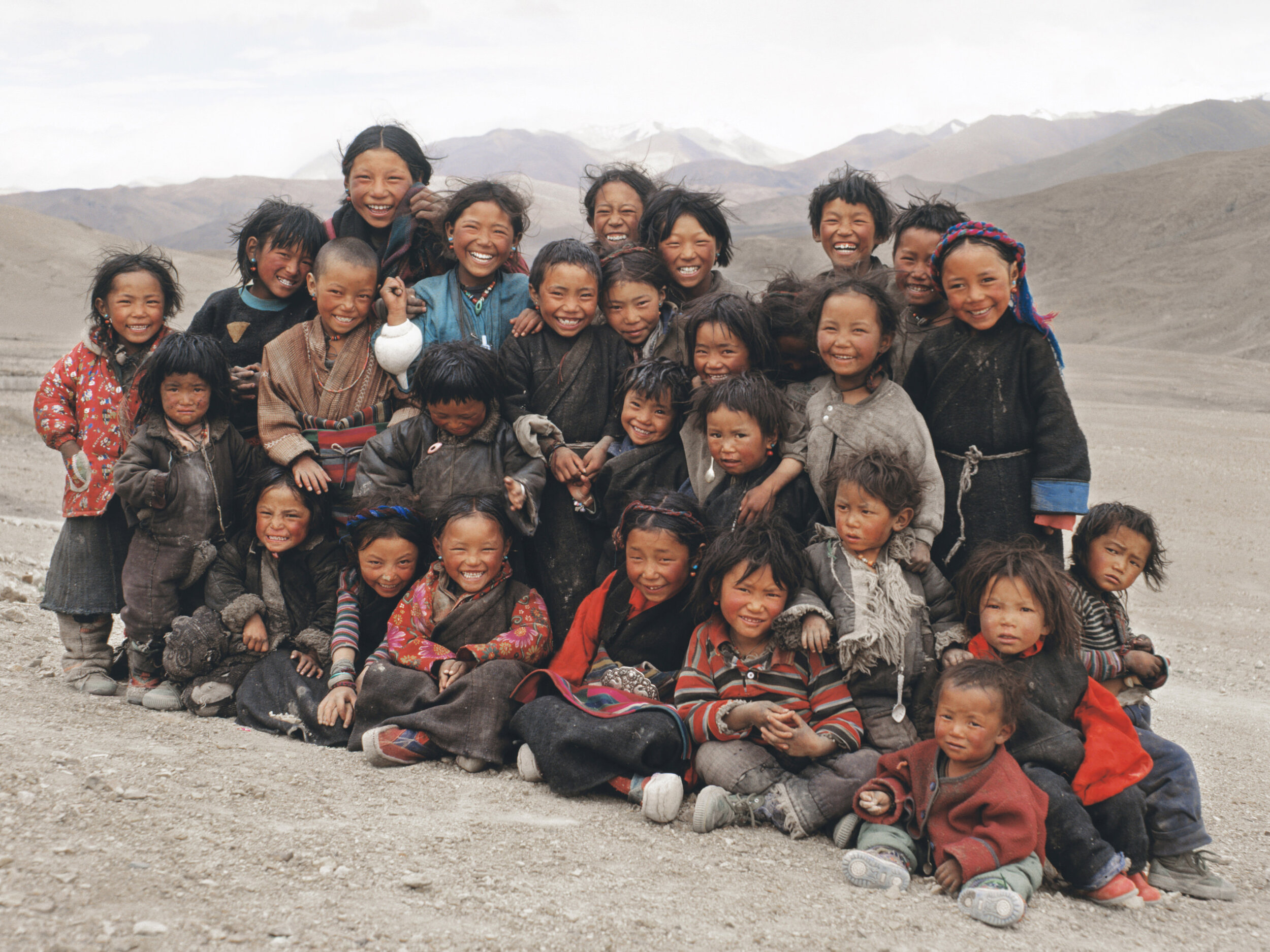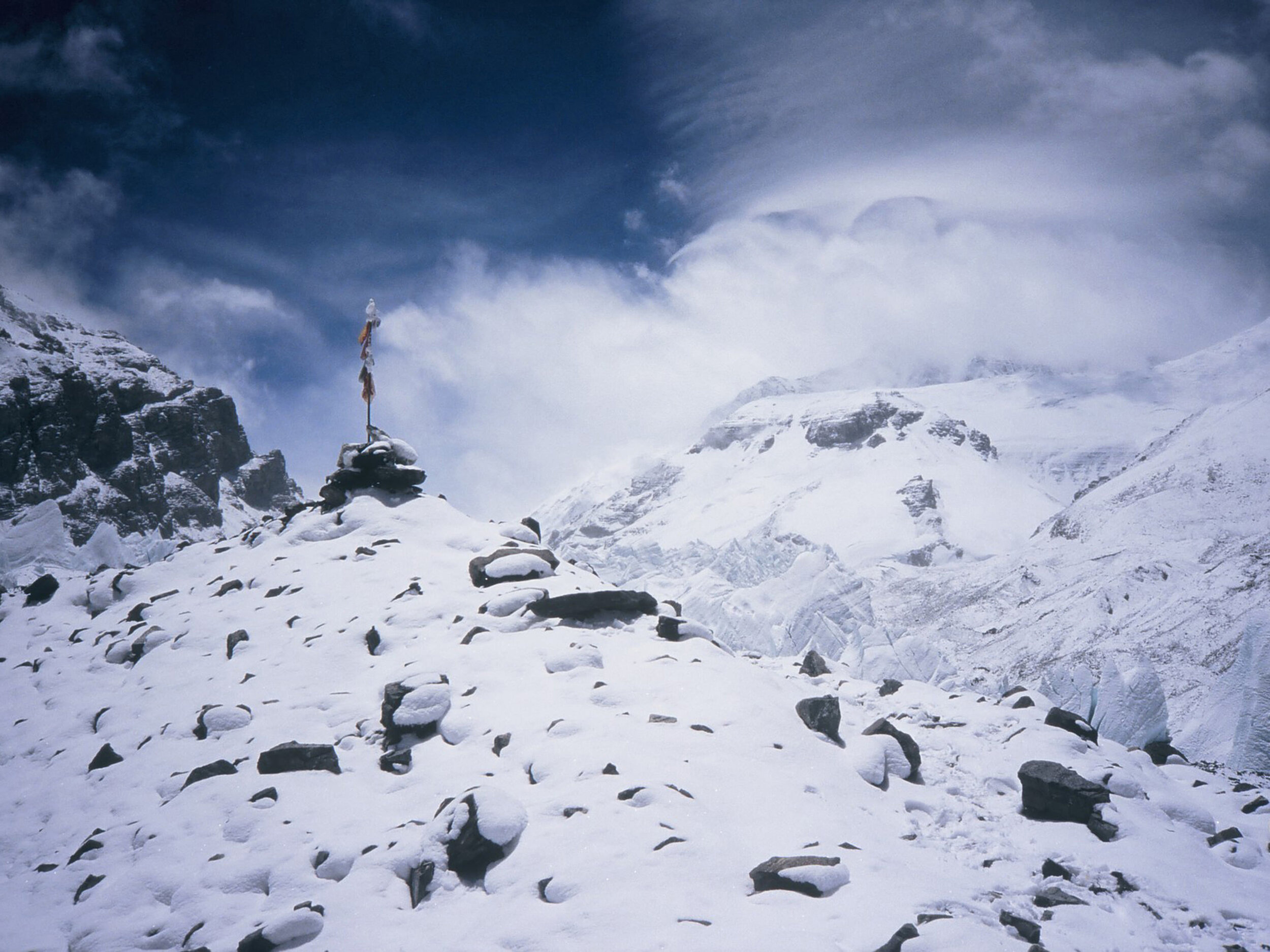
About
Helga Hengge
Helga Hengge is an inspiring keynote speaker, author and mountaineer. She is the first German woman to successfully climb Mount Everest and the Seven Summits. With her appearances at international conferences (such as AIRBUS, Daimler, BMW, IBM) and talk shows she reaches a worldwide audience.
In her presentations Helga takes her corporate audiences to the top of the highest mountains in the world linking the principles of success for outstanding challenges to the principles of success in business.
Reaching the summits of the highest mountains in the world was the high point of an exciting career between the extremes of creative work and outstanding mountaineering achievement. Helga started her career at VOGUE. She worked as a fashion editor on international campaigns in New York and studied philosophy, marketing, and film at New York University.
Helga is the author of numerous publications and gained wide popularity through her appearances in prime time talk shows. She has written a bestseller about her Mount Everest ascent, “Mount Everest: Only the Sky Above”, and the Seven Summits.
Helga is currently living near Munich, Germany, pursuing her speaking career and new mountaineering challenges. She is married and has two children.
Tzombuk Lop-tha
9000 mud bricks
3000 rocks
24 large wooden crossbeams
300 small wooden crossbeam
4 doors
8 windows
1 gate
12 bamboo mats
20 sacks of cement.
Tzombuk Tzombuk is located at 4,750m/15.600ft above sea level in the Rongbuk Valley on the southern Tibetan plateau. There are 44 houses and one Gompa (monastery) in this small village at the foot of Mount Everest. The people of Tzombuk raise yaks, sheep and goats for their livelihood. Most of the men are Yak-pas (Yakherders) who cross the Nangpa-La (the high pass) with their yak caravans to trade wares with the Sherpas in the Khumbu Valley (Nepal).
Construction of a school in Tzombuk
There were 199 children living in Tzombuk but they had no school and no access to education. The nearest school in Chöndzom was a 4-hour walk away. Since children are needed to share in the daily workload of families and for lack of sufficient funds, the parents could not send their children to the boarding school in Pasum. In the summer months the older kids drive the herds of sheep, goat, and yak to the lower pastures in the neighbouring valleys, the younger kids are helping in the households, carrying fresh water from the river and collecting yak dung and dried shrubs for fire wood. The parents were able to pay the teachers’ salary but they could not afford the cost for construction and furnishings of a village school. Having a local elementary school will ensure a better future for the children and preserve the knowledge of the Tibetan language.
Kassang
As one of the village elders Kassang is in charge of the school project. The 42-year-old Yak-pa lives with his family in the center of the village. Through his work as a “Sherpa” on expeditions to Mount Everest and Cho Oyu, Kassang enjoys a high standing in the village and the extra income allows him to care for his extended family. Kassang worked as a Yak-pa and basecamp assistant on our Everest expedition in 1999 and was a highly treasured member of our team. In 2001 he became the first Yak-pa to reach on the summit of Mount Everest.
Tashi und Tashi-Tzeba
Am nächsten Morgen gingen wir mit Tashi und Tzangbu von Haus zu Haus, zählten die Kinder und fragten, ob alle mithelfen würden, die Schule zu bauen. Der Zuspruch war riesengroß und so besiegelte Tom unsere Idee mit einem „Schulfoto- ohne-Schule”. Die Familien stellten ihre Arbeitskraft zur Verfügung. Gesponsert wurden Baustoffe, Einrichtung und das Schulmaterial aus den Erlösen meines ersten Buches. Die Dorfgemeinde kommt für das Gehalt der Lehrer auf.
Vielen Dank an alle Buchkäufer und Vortragskunden für die großzügigen Spenden für die Schule in Tzombuk im Laufe der Jahre. Und herzlichen Dank an die Überbringer der Spendengelder Russell Brice, Gerlinde Kaltenbrunner, Ralf Dujmovits und Kari Kobler.
Expeditionen
| New York | Juli 1996 | Freeclimbing - Gunks and Yosemite |
| Argentinien | Januar 1997 | Aconcagua (6960m) |
| Peru | Mai 1997 |
Chopicalqui (6380m) und Huascaran (6768m) |
| Juni 2003 | Alpamayo (5947m) | |
| Nepal | Dezember 1997 | BC Mt. Everest und Island Peak (6189m) |
| November 1998 | Ama Dablam (6856m) | |
| Oktober 1999 | Pumori (7180m), ohne Erfolg | |
| Ecuador | Mai 1998 |
Cotopaxi (5800m) und Chimborazo (6350m) |
| Tibet | Oktober 1998 | Cho Oyu (8201m), Aufstieg zum 3. Camp (7500m) |
| Mai 1999 | Mount Everest (8848m) | |
|
Oktober 2001
Juni 2012 |
Shishapangma (8013m)
Kora Mount Kailash |
|
| Pakistan | Juni 2000 | Gasherbrum II (8035m), Aufstieg zum 2. Camp |
| Tansania | September 2007 | Kilimandscharo (5895m) |
| Russland | Juli 2008 | Mount Elbrus (5642m) |
| Antarktis | Dezember 2009 | Mount Vinson (4892m) |
| Indonesien | Oktober 2010 |
Carstensz Pyramide (4884m) und Ngga Pulu (4862m) |
| Alaska | Mai 2011 | Denali (6195m) |
| Türkei | Mai 2013 | Mount Ararat (5137m) |
| Indien | Oktober 2014 | Kun (7077m), Aufstieg zum 3. Camp (6300m) |
| Japan | Juli 2015 | Fuji-san (3776m) |
| Uganda | Januar 2016 | Ruwenzori, Margherita Peak (5109m) |
| Griechenland | Oktober 2016 | Mount Olymp, Mytikas (2918m) |
| Iran | April 2017 | Damavand, (5610m), Aufstieg bis 5400m |
|
Indien Marokko Tansania Grönland Montenegro Slowenien Österreich |
Oktober 2017 Mai 2018 August 2018 März 2019 Mai 2019 Oktober 2019 Oktober 2019 |
Shivling (6543m), Aufstieg bis 6000m Jbel Toubkal, 4167m Ol Doinyo Lengai, 3188m kleine und große Berge, 900m - 1500m Zla Kolata, 2543m Triglav, 2863m Großglockner, 3798m |










